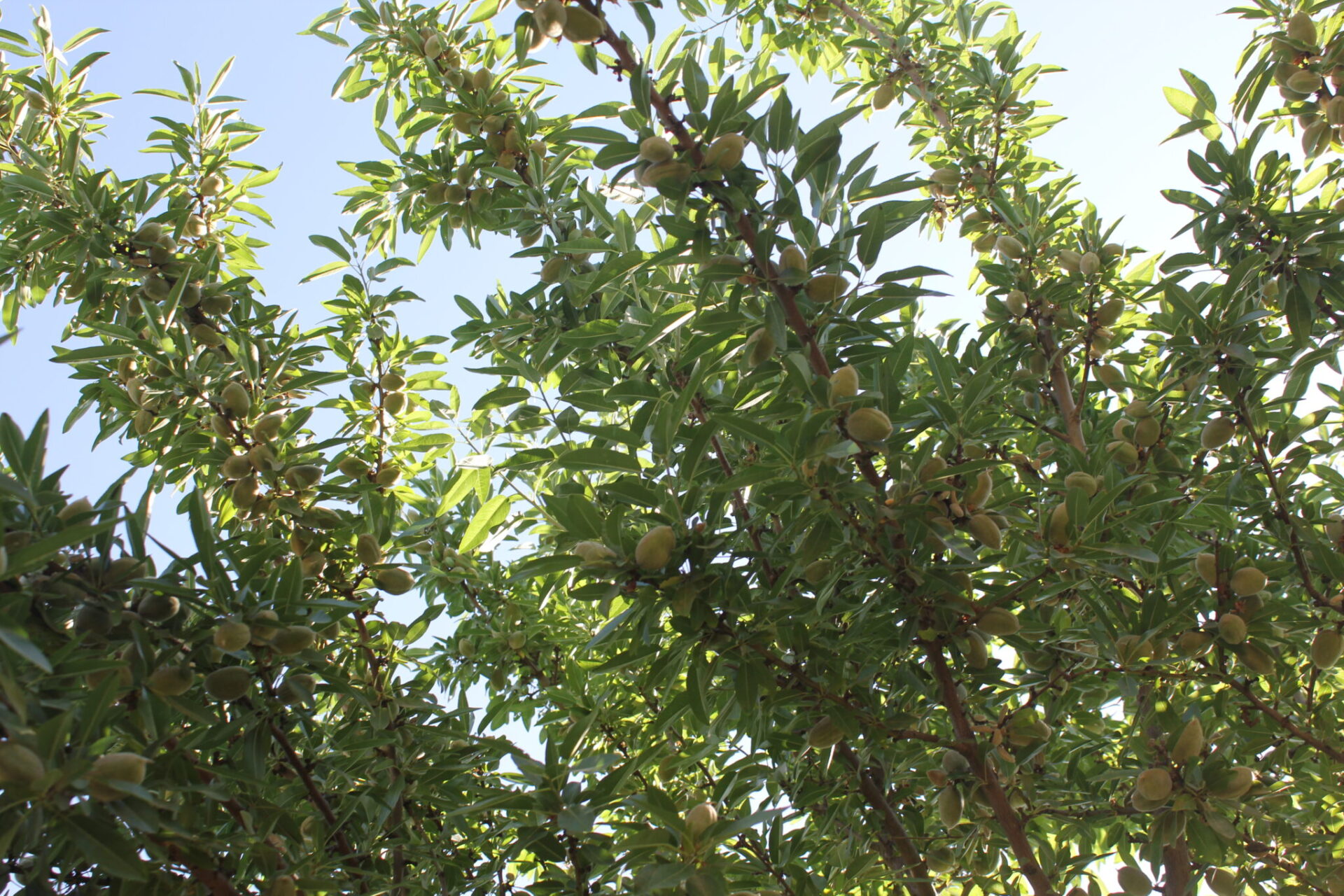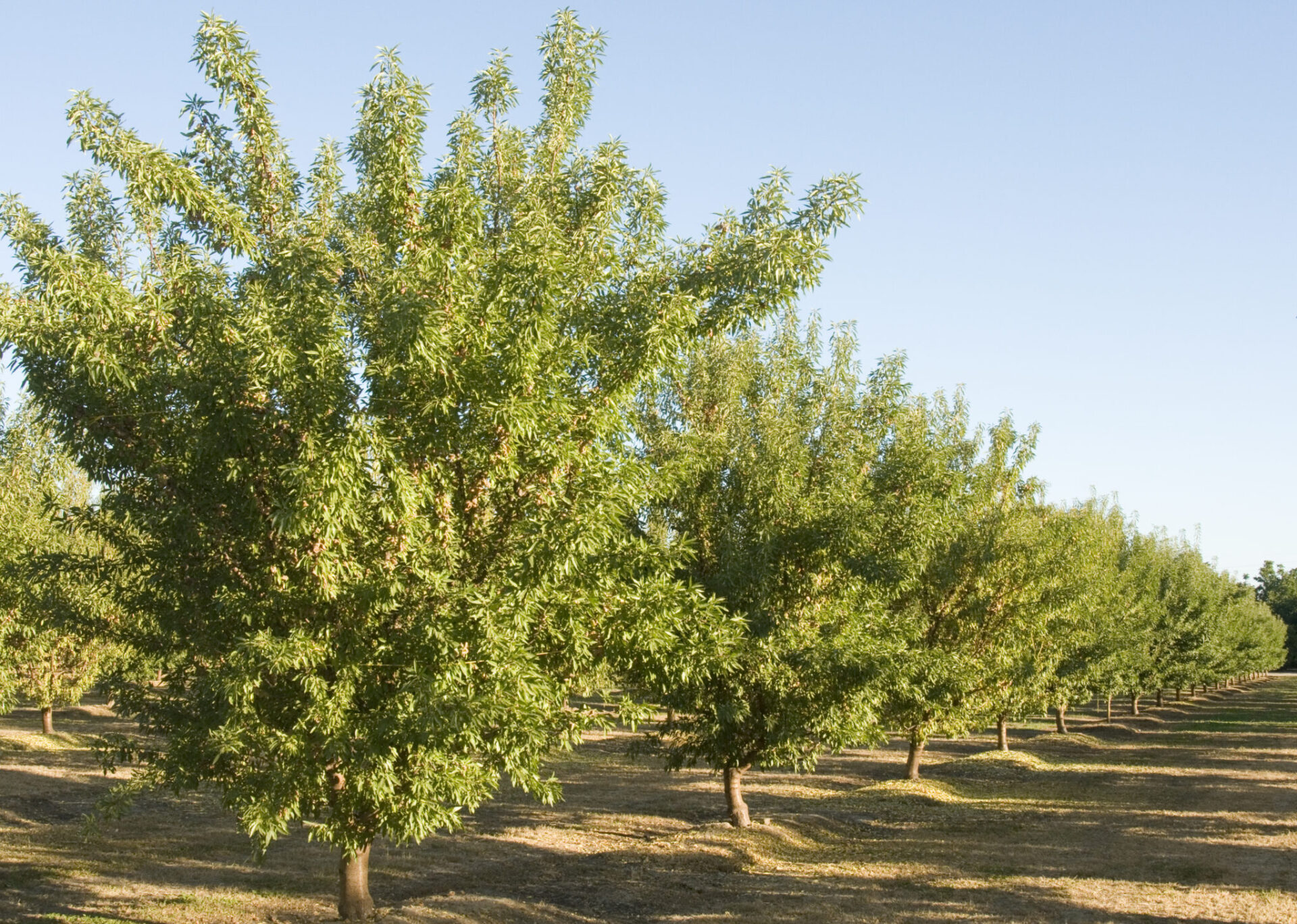
Self-fertile almond varieties are not going to overtake the gold standard Nonpareil in planted acreage anytime soon, but growers who have planted the trees are gaining experience and learning how to maximize their production.
Zaiger Genetics’ Independence is the leading self-fertile almond variety in California and acreage-wise now ranks in the top five almond varieties planted. This variety is licensed to Dave Wilson Nursery in Hickman and has been on the market for 15 years. The USDA’s 2020 almond acreage report lists Independence at 59,650 total acres behind Butte, Carmel, Monterey and Nonpareil. The second-most-planted self-fertile is Burchell Nursery’s Shasta at 5,119 total acres.
Zaiger, University of California, USDA-ARS and Burchell continue work to develop new self-fertile almond varieties.
One of the latest releases, Yorizane, is a USDA product. This soft-shell almond has been in UC regional variety trials and received high marks for market potential and appearance. It reaches hull split at the same time as Nonpareil in the San Joaquin Valley.
UCCE Orchard Crops Farm Advisor Phoebe Gordon said this new release has been in her field trials. Aside from bacterial blast at the Stanislaus trial site, she said no significant disease issues have been observed.
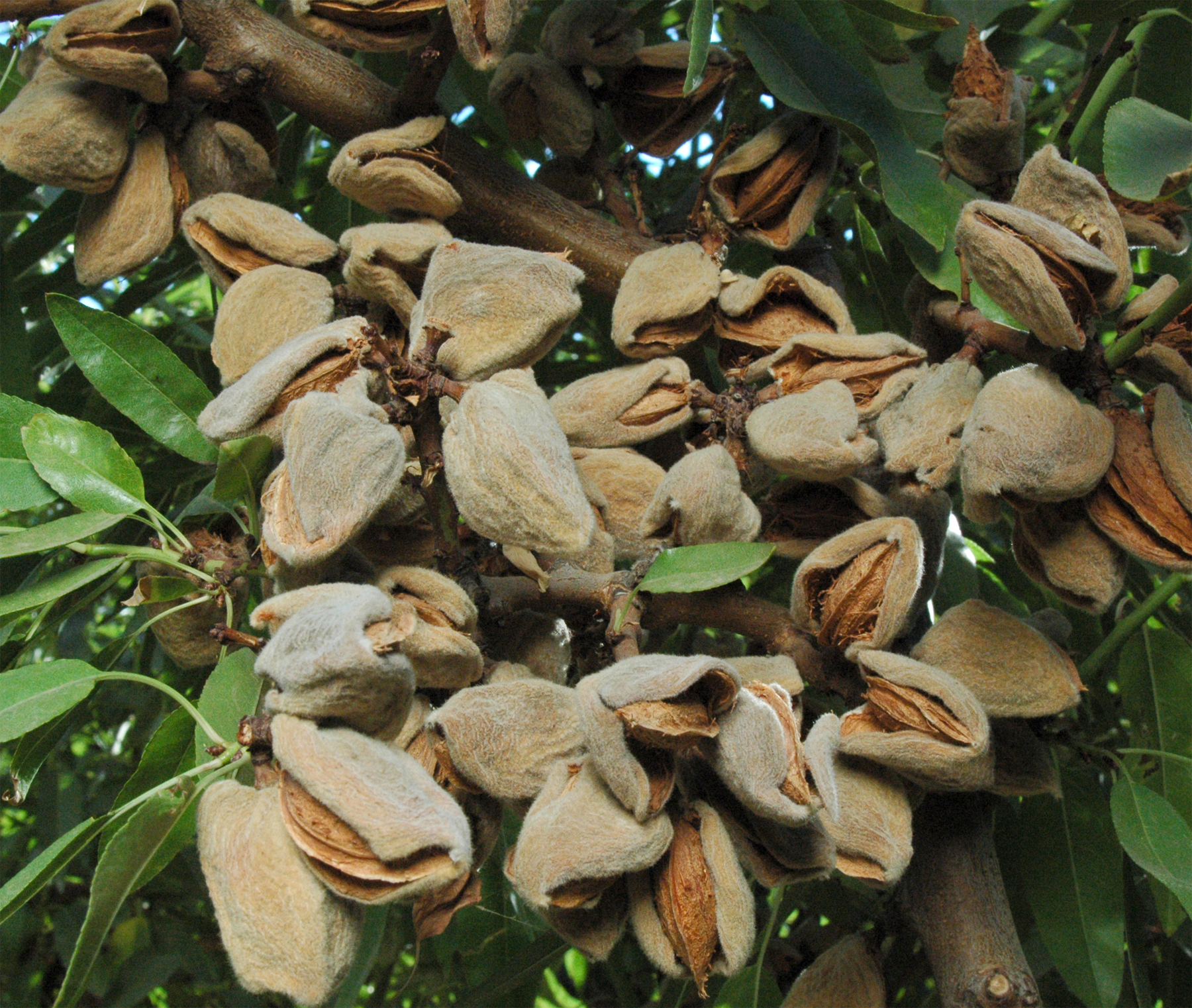
Experiences with Management
Many almond growers who planted self-fertile almond trees looking to save on pollination costs faced a learning curve with cultural practices. Orchard spacing, rootstocks, nutrition and growth rates were listed by growers and crop consultants as practices where accommodations were made for these varieties.
In regards to the self-fertile trait and pollination, crop consultant Bill Brush said most growers still use one hive per acre as insurance when weather conditions are forecast to be less than ideal. Self-fertile plantings adjacent to conventional varieties with hives probably can get by without bees, he said.
Crop advisor and almond grower Justin Nay said he found that Independence trees are very prolific at an early age.
Because Independence trees produce so many flowers and set so many nuts, growers are not often accustomed to how to irrigate and fertilize it to maximize yields year over year, Nay said.
“We often see them being irrigated and fertilized like traditional almond varieties, which is below its maximum potential,” Nay said.
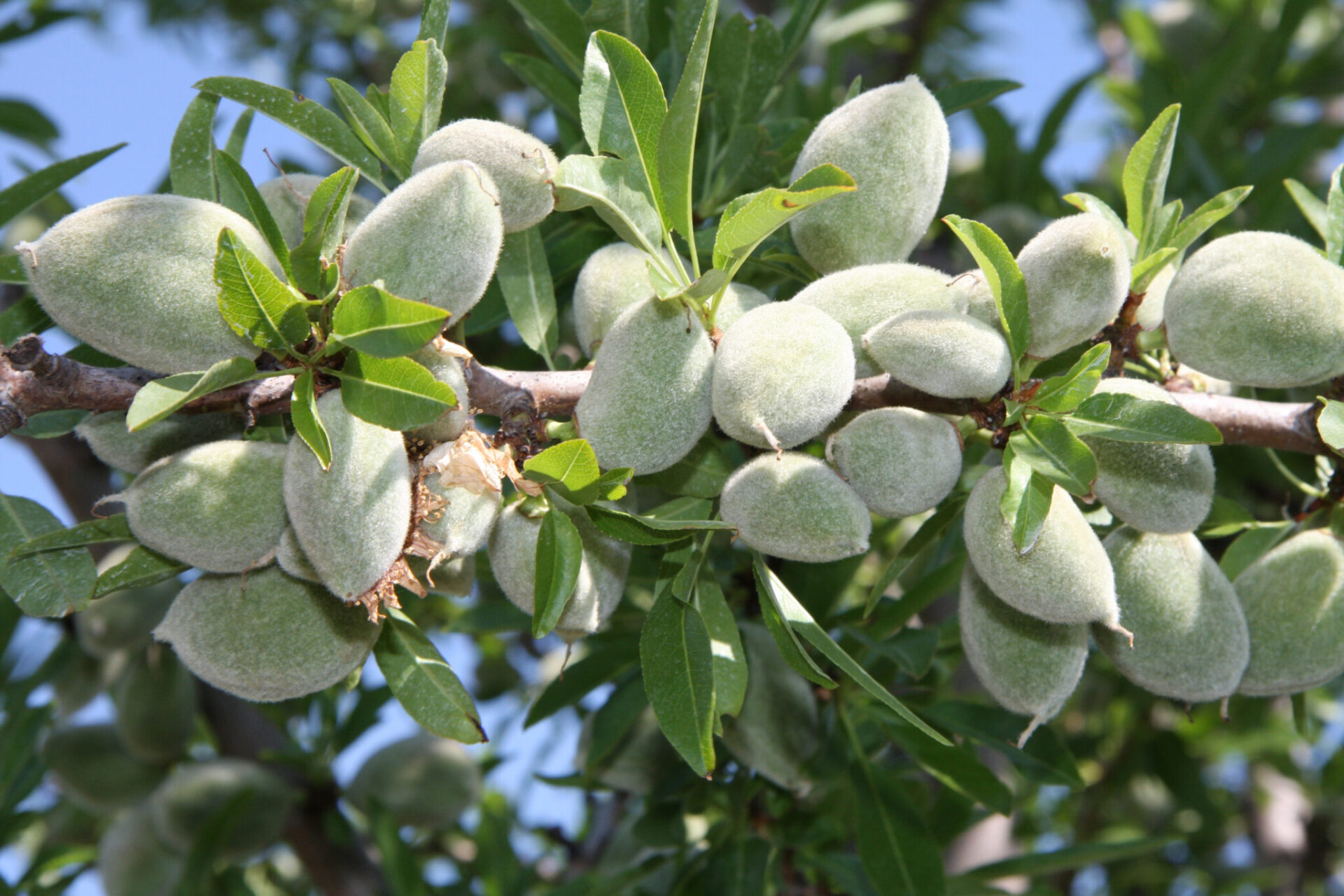
Growers that have their Independence trees ready to shake before Nonpareil are irrigating and fertilizing them like Nonpareil. If they are being irrigated properly, harvest timing should be after Nonpareil, Nay explained.
Brush said he believes that Independence trees should be spaced closer (12 to 14 feet down the row and 22 feet across) due to the smaller size of the tree when it is mature.
“Looking down on the trees, you don’t want to see a lot of the orchard floor, you want the trees to capture all the light,” Brush said. “If the trees don’t cover the space, you lose the opportunity for production.”
Steve Van Duyn, of Van Duyn Family Farms in Ripon, said he planted his first Independence trees 10 years ago on a valley floor location. They grew okay, he said, but being smaller trees, they did not fill in their space over time. His next planting was in a hill location and planted closer at 136 trees per acre.
“We’ve found now that 155 trees per acre, 20-foot rows and 14 feet spacing down the row works best for these,” Van Duyn said. “They are filling in the space and needing very little pruning.
Pruning practices need to be modified for Independence. He said his first block was pruned similar to other non self-fertile varieties. Independence doesn’t mind shade, he found, and with slower growth, they need less pruning.
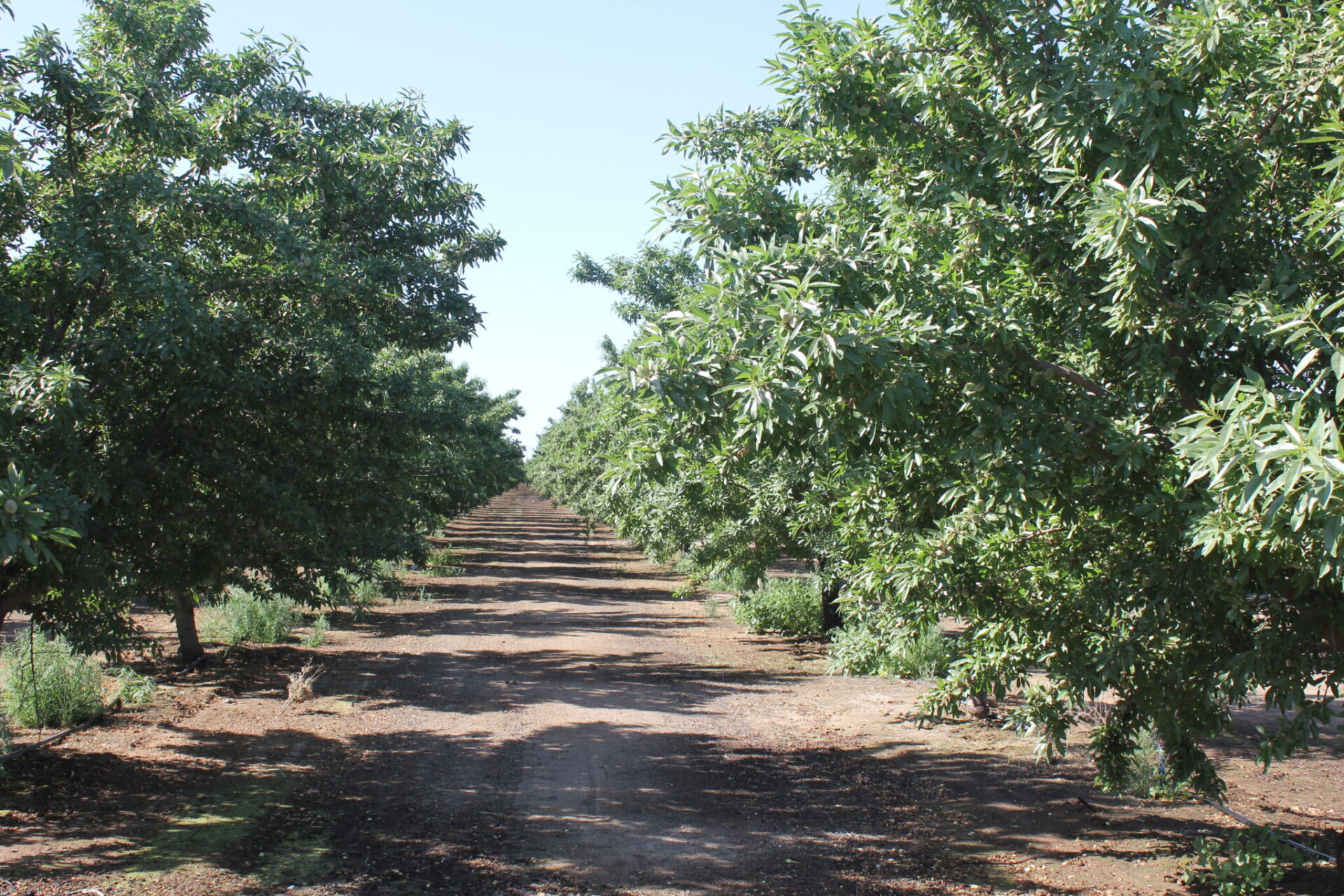
“Now, we make one or two cuts and let them grow. They fill in nicely,” he said.
Brush advised that the trees be fertilized with an eye on optimum production—4,000 pounds to the acre.
“You have to feed at the level of number of trees per acre,” Brush said. “And you have to start early.”
Van Duyn said he chose rootstocks based on soil environmental conditions and soil pH.
When breaking new ground for an orchard, soil amendments are used to get the pH right. Where pH is higher, he said Viking rootstocks works well. Atlas rootstocks are used where soil pH is lower.
Self-fertile varieties are not immune to pests and disease, but growers did not report any major problems compared to non self-fertile almond varieties.
Nay said Independence has been a very disease-resistant tree. It has a tough flower like Monterey, he said, and can withstand cold temperatures. Independence does seem to get bacterial blast similar to other varieties.
If irrigated correctly prior to harvest, Nay said Independence should hull split after Nonpareil and miss most of the navel orangeworm second flight, especially with larger crops.
A lot of stick tights after harvest were reported by Nay, but he said as the trees mature, the issue was resolved.
The trees shake well with upright structure, Nay and Van Duyn agreed. Van Duyn said early on there were issues with stick tights, but with advice from the breeder, he said they waited until stem color and had no further issues.
Self-fertile varieties may also be part of the almond industry’s efforts in dust reduction. The harvest equipment does not have to come through the orchard twice to harvest the main variety and pollinators.
